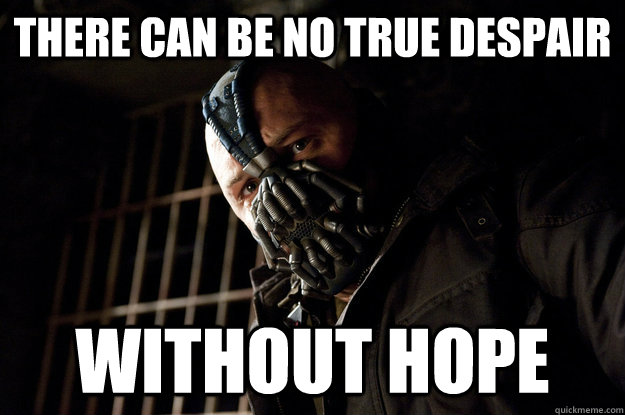Free-to-play is not without its challenges, but Mahoney believes Nexon's long experience gives it a head-start over rivals in the west.
"Some of the western companies, especially in the casual space, made the mistake of thinking that free-to-play was an ersatz pay-to-play. If you play a game that won't let you continue unless you pay, it's not free. We learned the lesson very early on and we stopped making that mistake right away."
Another hurdle, for consumers, is how often they are bugged for money by F2P games. Mahoney said this was counter-productive game design. "If a waiter in a restaurant keeps asking you if you'd like to order more food every two minutes, the restaurant might make some extra cash that night, but you'd likely never come back," he said.
Last year, Nexon made $1.2 billion in revenues, operating at a 35 percent margin. And yet, 90 percent of the people who play its games, never pay a penny. The ten percent who pay for time-saving, convenient and aesthetic in-game items, spend an average of about $22 each.
"They are all playing in a synchronous, immersive world," he said. "You have thousands of people playing at the same time. If people are not there or they are not engaged, then they are not going to keep coming back. So we have to focus on the 90 percent of people, even though they are not spending money."
For Mahoney, free-to-play's future is about less intrusive monetization mechanics, because there will always be people so involved in a good game, and with enough money, to want to buy that unicorn, or that snazzy-looking outfit.



